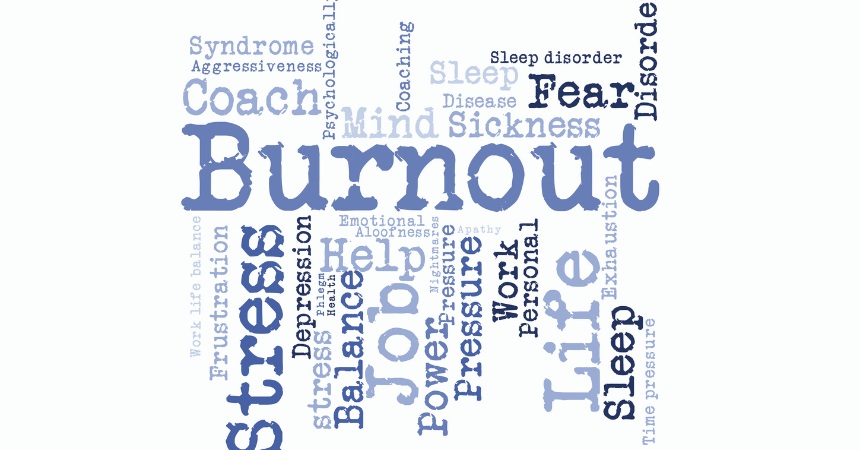In the fast-paced world we live in today, burnout has become an increasingly common experience. Dealing with burnout requires a multifaceted approach that addresses both the external demands placed on us and the internal resources we have to cope with stress. The following strategies will help you combat burnout and cultivate a healthier work-life balance.
Key Strategies for Overcoming Burnout
- Build in Breaks and Relaxation.
It is important to incorporate breaks into your daily routine to relax and recharge. Whether it's taking five minutes to practice mindfulness or engaging in yoga, breathing, or stretching exercises, these activities can help calm the nervous system and prevent it from running at maximum capacity all the time. A short break might be the most helpful when you feel like you absolutely don’t have time to stop what you are doing!
- Establish Healthy Routines.
Exercise and engaging in activities that energize you are crucial for combating burnout. By establishing routines that prioritize self-care and well-being, you can boost your resilience and maintain a sense of balance amidst daily challenges.
- Set Boundaries.
Learning to set boundaries, especially between work and personal life, is essential for decreasing stress and preventing burnout. Learn how to say no and leave work-related stress at work, particularly in today's environment where remote work blurs the lines between professional and personal life.
- Understand Performance and Effort.
We all need to find a balance between the effort we exert and the performance we achieve. Pushing ourselves beyond our limits can lead to decreased performance and increased stress, underscoring the importance of realistic goal setting. It’s like running a marathon—if you run at a comfortable speed, you might finish. If you try to run your fastest the whole time, you’ll get cramps, you’ll get tired, and you probably won’t make it. One hundred percent effort 100% of the time is not sustainable in a marathon or in life. Allow yourself to make mistakes and be imperfect.
Recognizing Signs of Burnout
Identifying the symptoms of burnout, such as fatigue, lack of motivation, and a sense of overwhelm, is crucial for taking proactive steps to address these issues. Pay attention to these warning signs and seek help when needed.
A Proactive Approach
Dealing with burnout is a process that requires self-reflection, self-care, and the willingness to make positive changes in our lives. By implementing the strategies that work for you, you can proactively combat burnout, nurture your mental well-being, and strive for a healthier work-life balance. It is essential to prioritize your own well-being and seek support not only to overcome burnout, but to thrive in all aspects of life.
Contact Dakota Family Services for more information about seeing one of our mental health professionals. Go to DakotaFamilyServices.org or call 800-201-6495.


